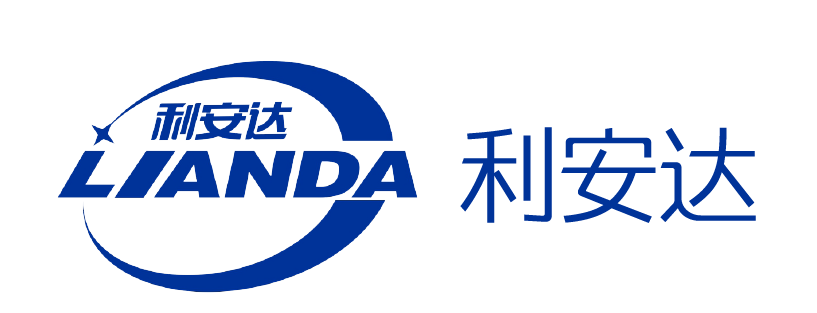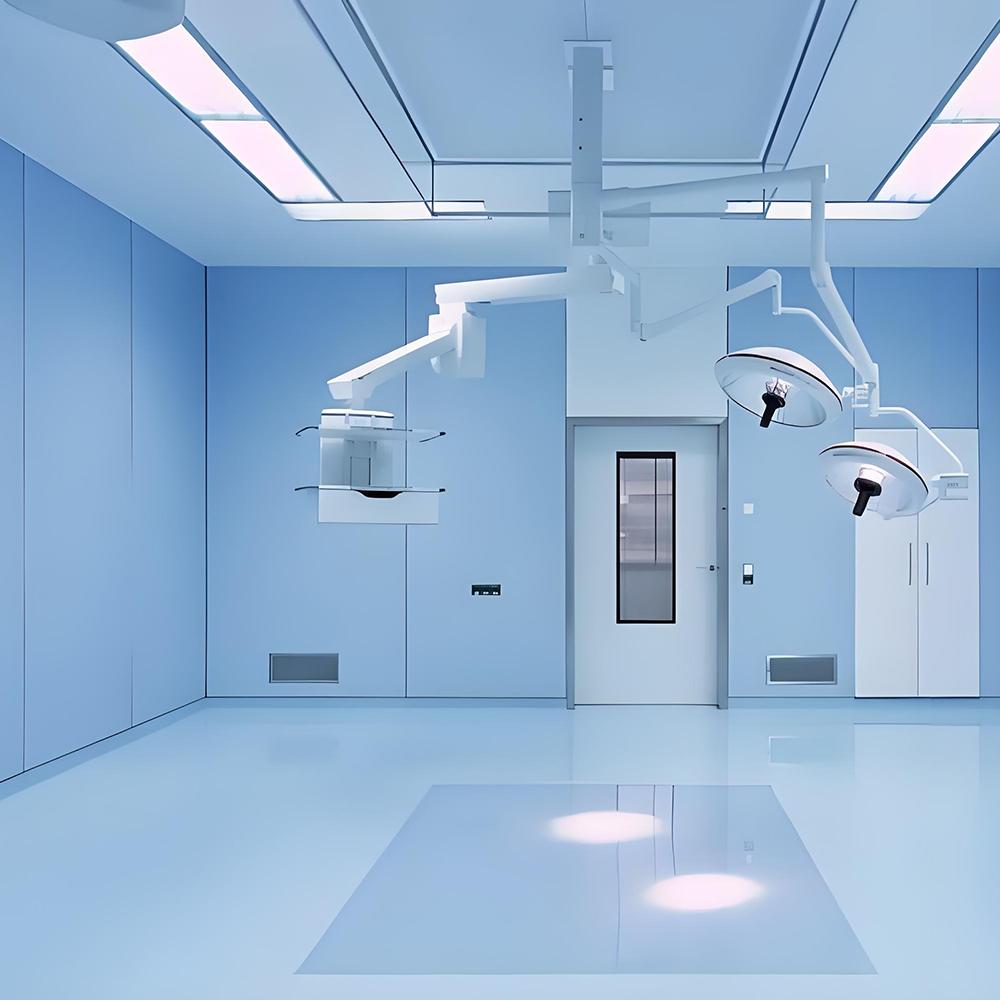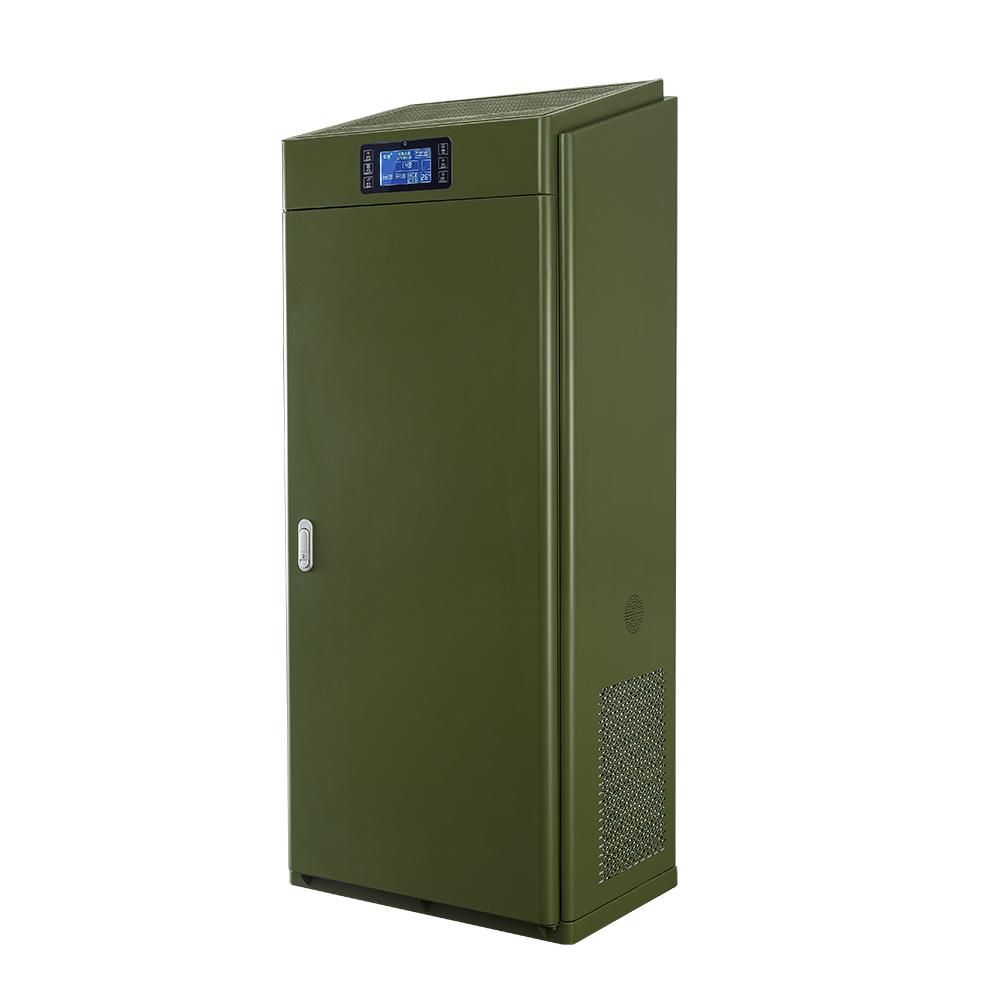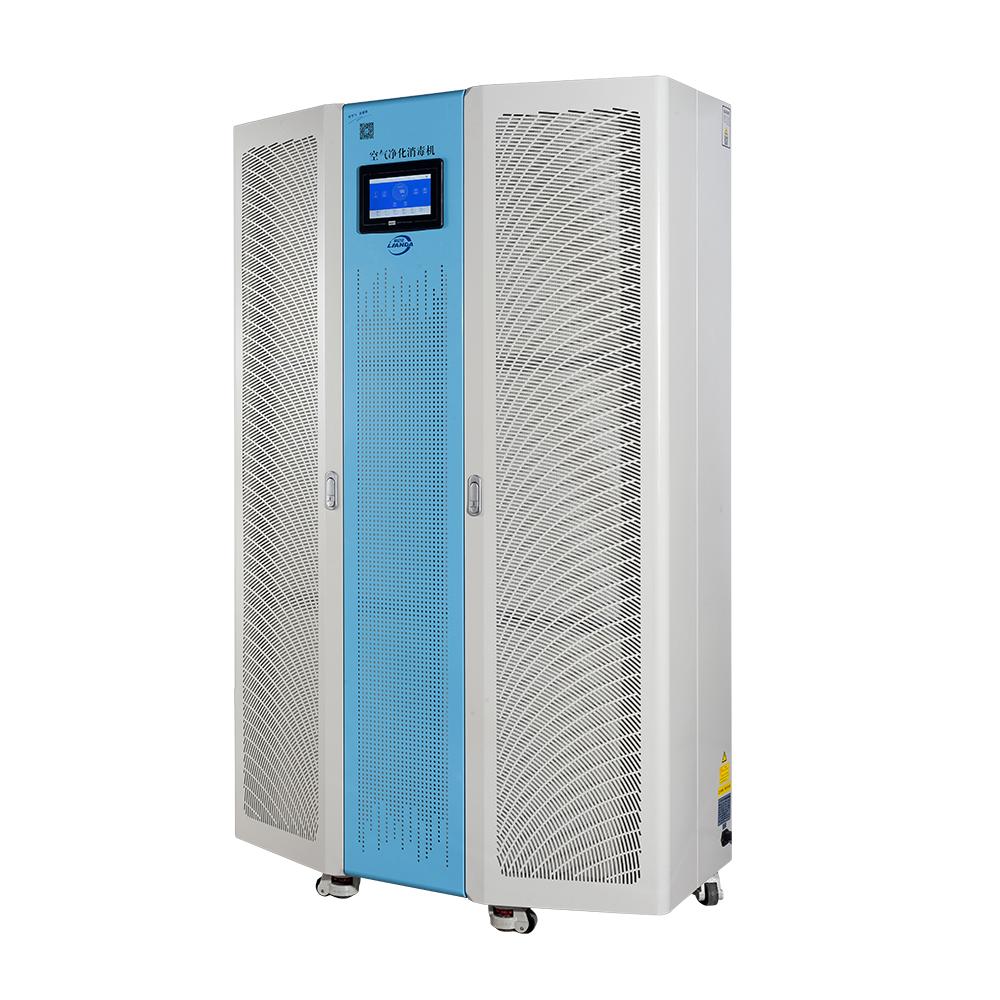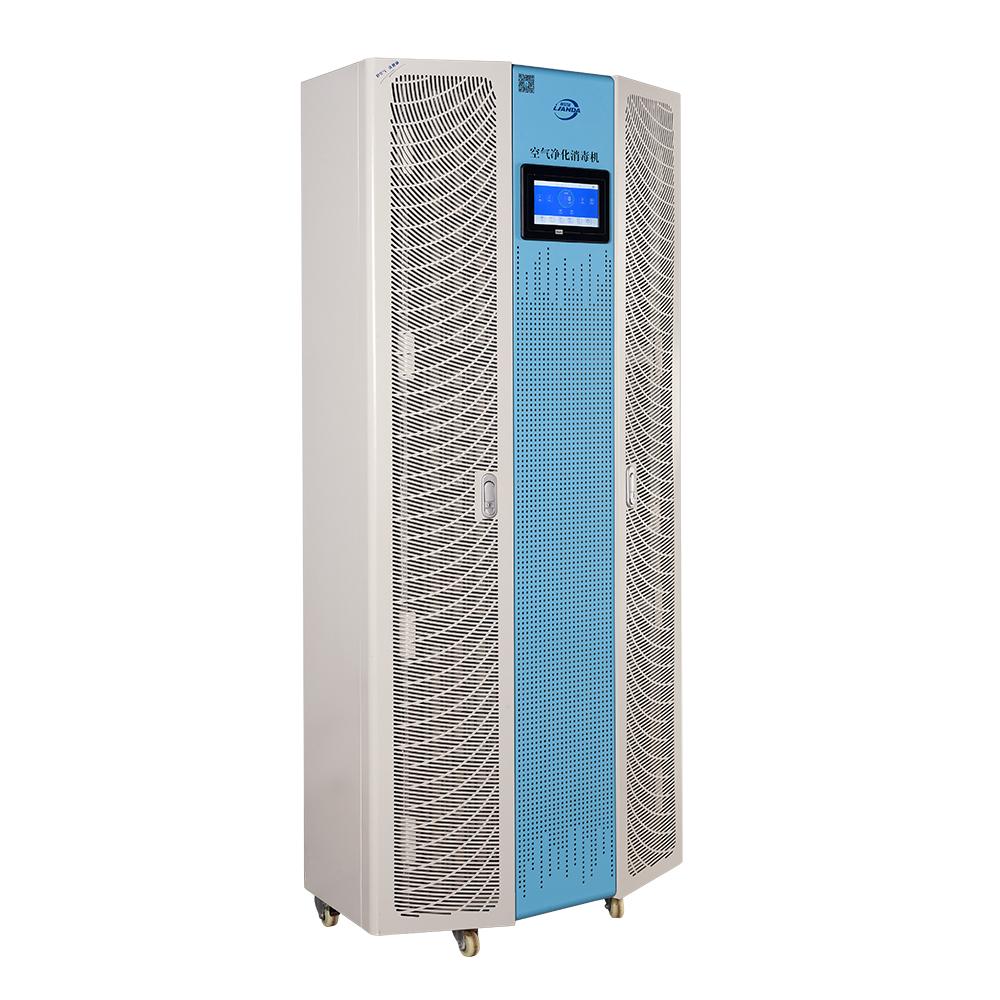Electronic air filters: a revolution in modern air purification
With the acceleration of industrialization and urbanization, air pollution has become a major challenge facing the world. Although traditional air filters can remove particulate matter and pollutants in the air to a certain extent, their efficiency and applicability are often limited. In recent years, electronic air filters have gradually attracted people's attention as an emerging air purification technology. This article will explore the working principle, advantages and future development trends of electronic air filters.
1. Working principle of electronic air filters
Electronic air filters use the principle of electric field to purify air. When air passes through the filter, the high voltage generated in the filter will charge the particulate matter in the air (such as dust, pollen and smoke). These charged particles are then attracted by the collection electrode of the filter, thereby effectively removing pollutants from the air.
Electronic air filters are usually divided into two parts: ionization part and collection part. The ionization part is responsible for charging the particles in the air, while the collection part is responsible for adsorbing the charged particles to purify the air.
2. Advantages of electronic air filters
High-efficiency filtration: Compared with traditional mechanical filters, electronic air filters can capture tiny particles more effectively, with a filtration efficiency of more than 95%, and can filter particles as small as 0.01 microns in diameter.
Washable and reusable: The design of electronic air filters usually allows users to clean and reuse them regularly, reducing the frequency and cost of replacing filters and reducing environmental impact.
Energy saving and low noise: Many electronic air filters consume relatively little electricity during operation and have low working noise, which is suitable for night use and improves the user experience.
Improve air quality: Electronic air filters can effectively remove bacteria, viruses and odors in the air, significantly improve indoor air quality, and promote the health of residents.
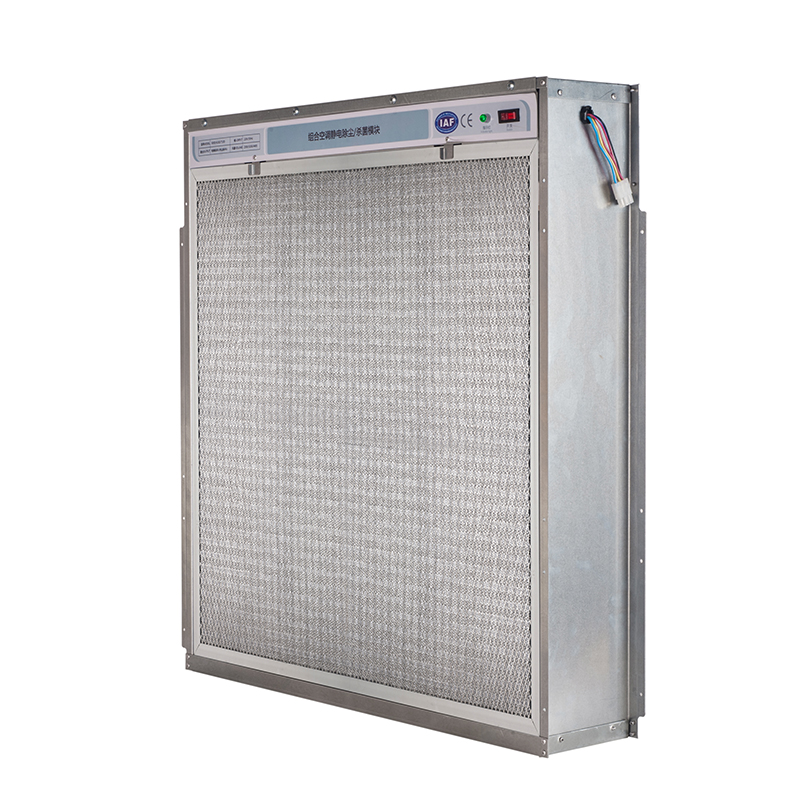
3. Future development trends
Although the advantages of electronic air filters are obvious, they still face some challenges, such as high initial investment costs and dependence on power supply. However, with the development of technology and people's increasing requirements for air quality, electronic air filters are expected to achieve breakthroughs in the following aspects:
Intelligence: Future electronic air filters will be more intelligent, and can monitor air quality in real time through sensors, and automatically adjust the working mode according to the data, so as to purify air more efficiently.
More modular and portable: With the popularity of mobile devices, future electronic air filters may be designed to be more lightweight and modular, making it easier for users to use them in different occasions.
Integration of environmental protection technologies: Future research may focus on combining electronic air filters with other environmental protection technologies (such as photocatalysis, activated carbon, etc.) to achieve better purification effects.
As a new generation of air purification technology, electronic air filters undoubtedly play an important role in improving air quality and protecting human health. With the improvement of people's living standards and their concern for health, the market demand for electronic air filters will continue to increase, and their technology and applications will continue to evolve, providing people with a fresher and healthier living environment in the future.
